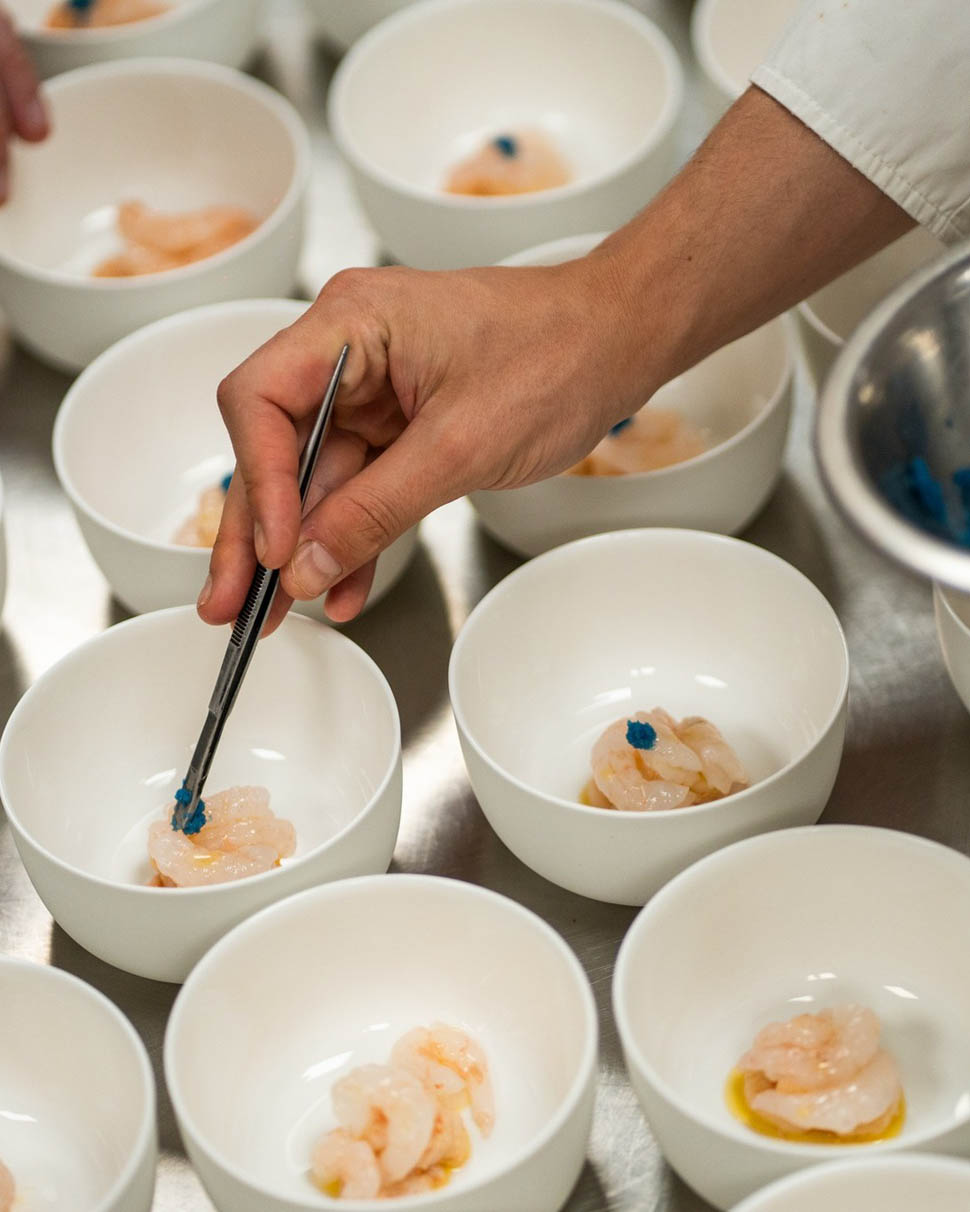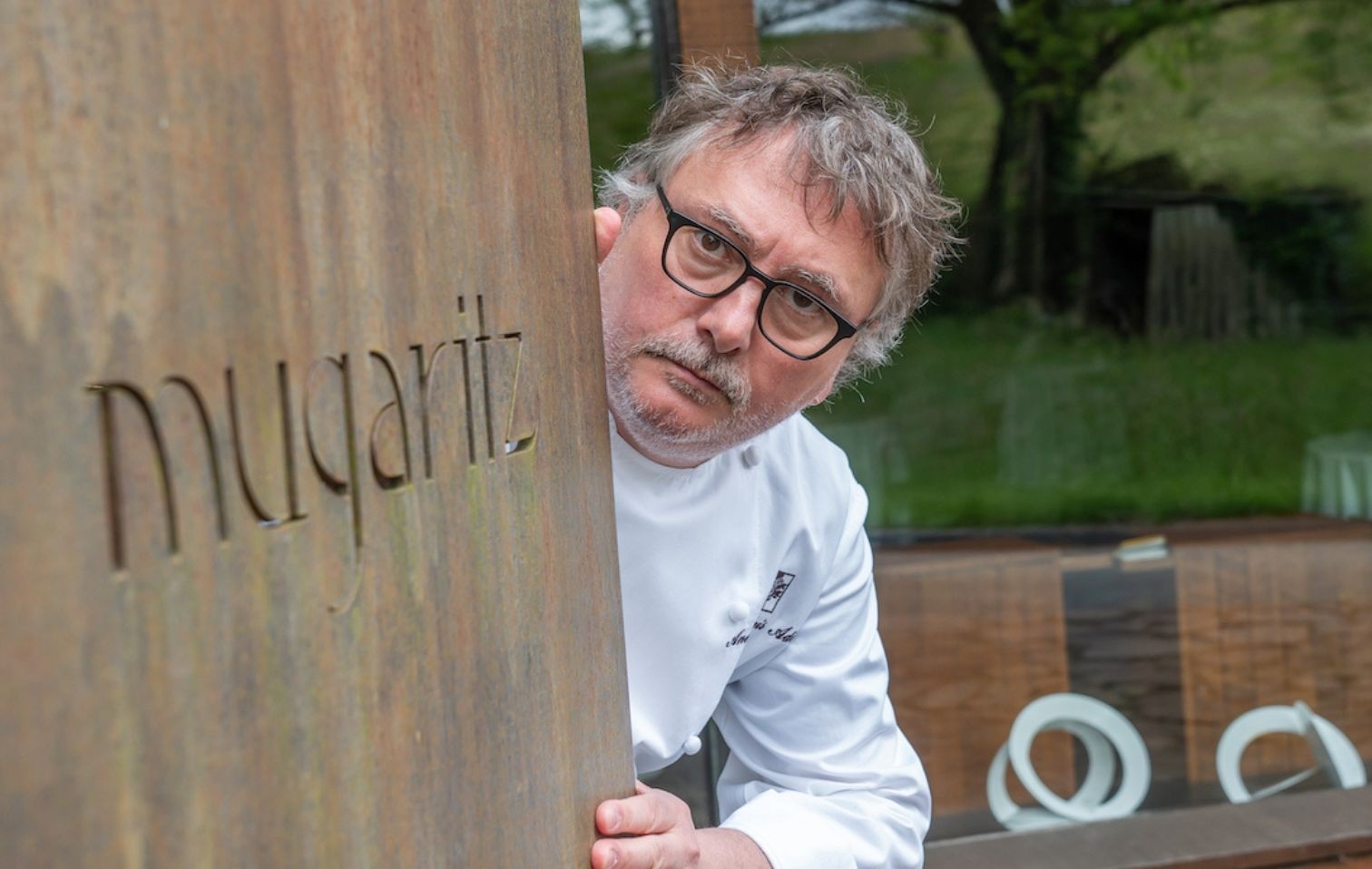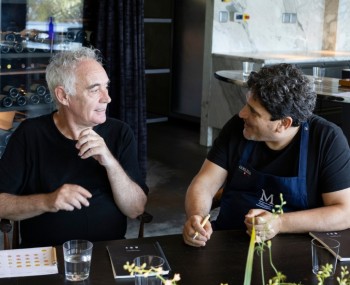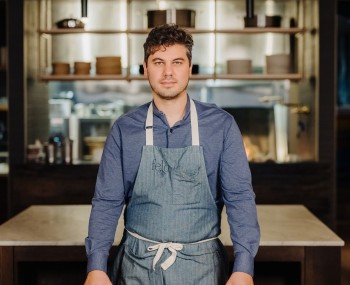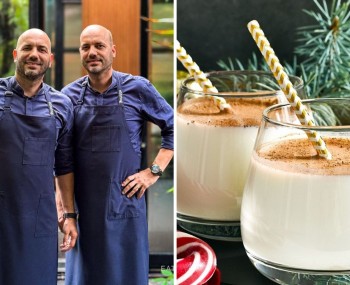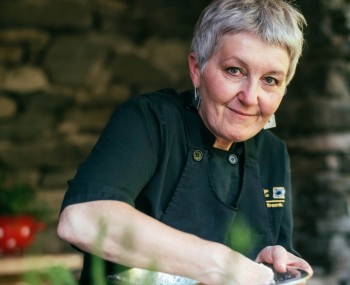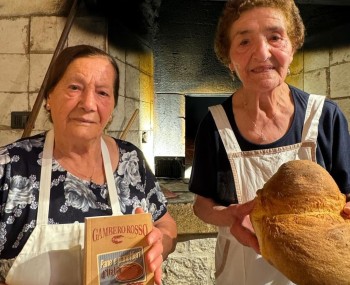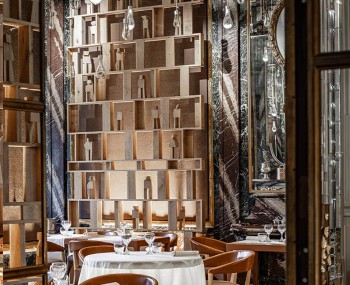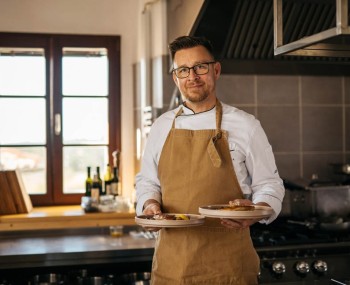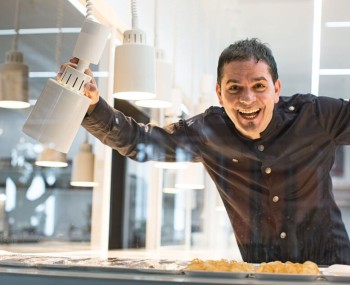At Mugaritz everything happens for a reason: even the absence of cutlery has a purpose, and it spurs the customer to approach the gourmet experience differently. Andoni Luis Aduriz talks about his vision.
Photos of dishes by Jose Luís López de Zubiria
The news
"What awaits me at Mugaritz? An experience designed according to the way Mugaritz catches gastronomy as a space for breaking certain rules and rethinking conventions, where food is nothing more than a pretext for exploring the world." This reads among the “frequently asked questions” on the website of visionary Andoni Luis Aduriz's two-Michelin-starred restaurant.
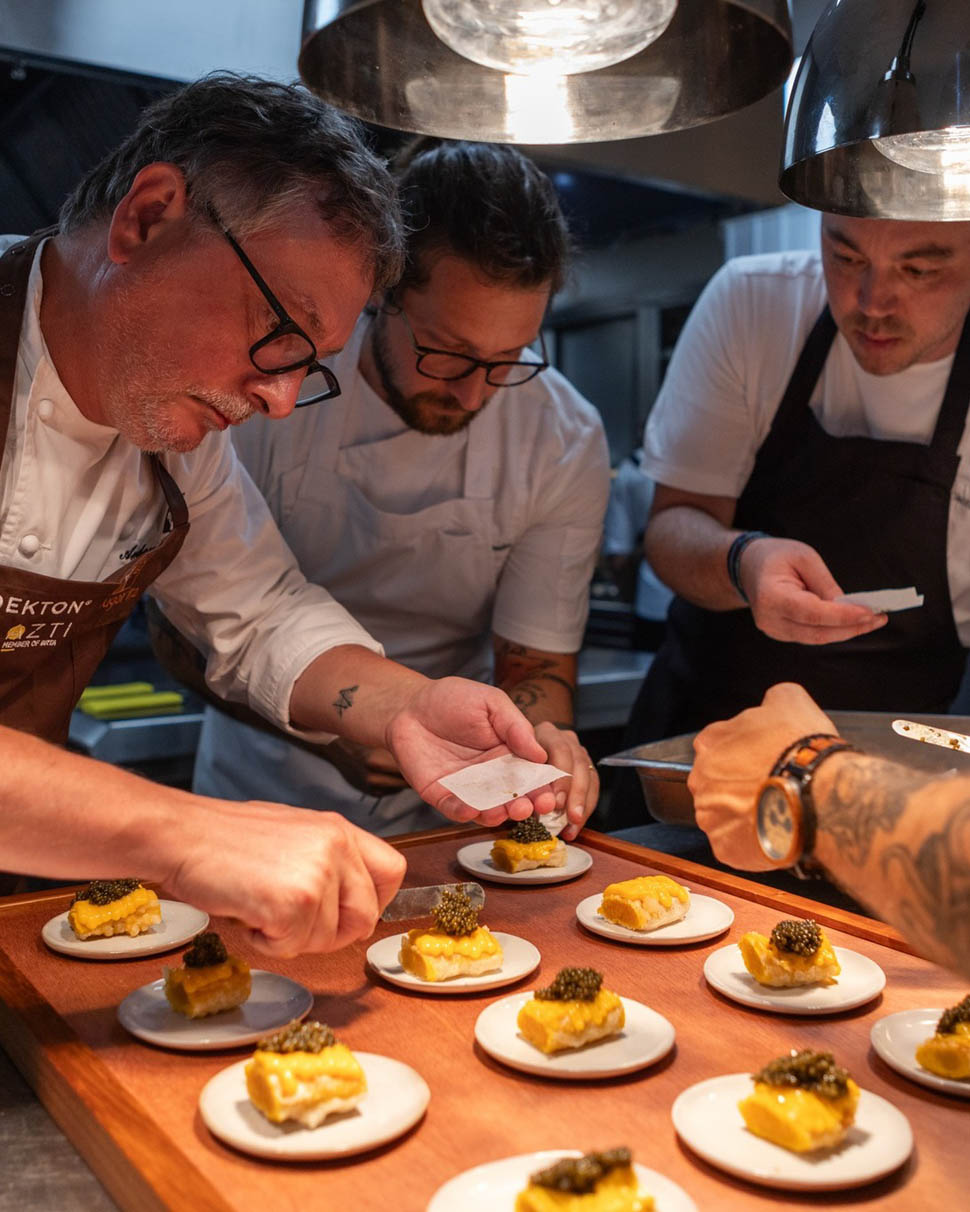
A more than legitimate question, and one that arises when booking a table at a gourmet that Aduriz himself likes to call a “non-restaurant.” For a good 26 years, in fact, those who have been going to Mugaritz's (some, however, still haven't figured it out, given certain online reviews) know that one doesn't come here just to eat, but to give space to creativity, to go beyond conventions and boundaries, unhinging every principle and stronghold, such as that of eating with cutlery. “The choice not to provide cutlery to diners is due to a matter of rhythm. Whether you like it or not, whether you agree with the idea or not, at Mugaritz everything happens for a reason, and the ever-cited absence of cutlery not only challenges other ways of eating, but speeds up service and gives rhythm to the menu," the chef explains to Siete Canibales, in the framework of an extensive reflection elaborated by author Iker Moràn, confessing that in many restaurants, where four or five courses last for hours, he gets bored.
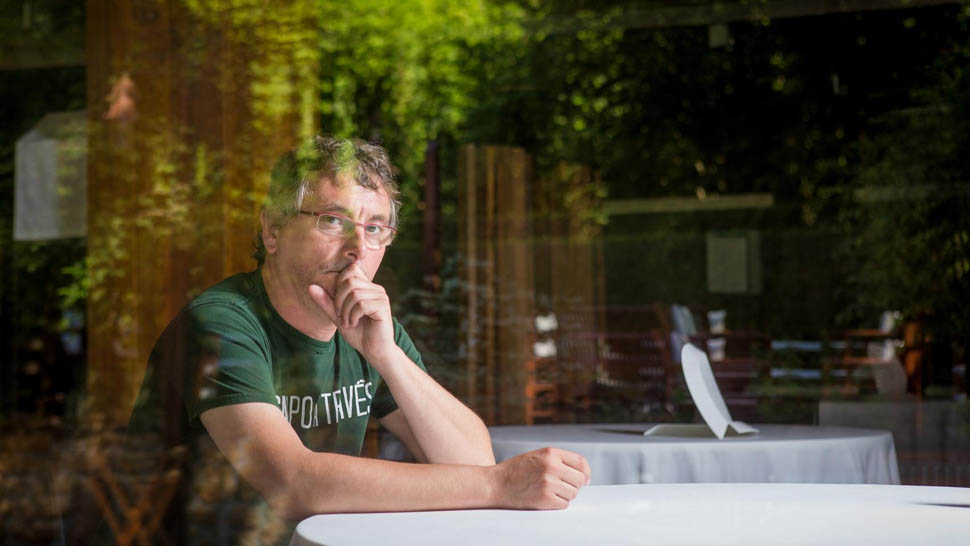
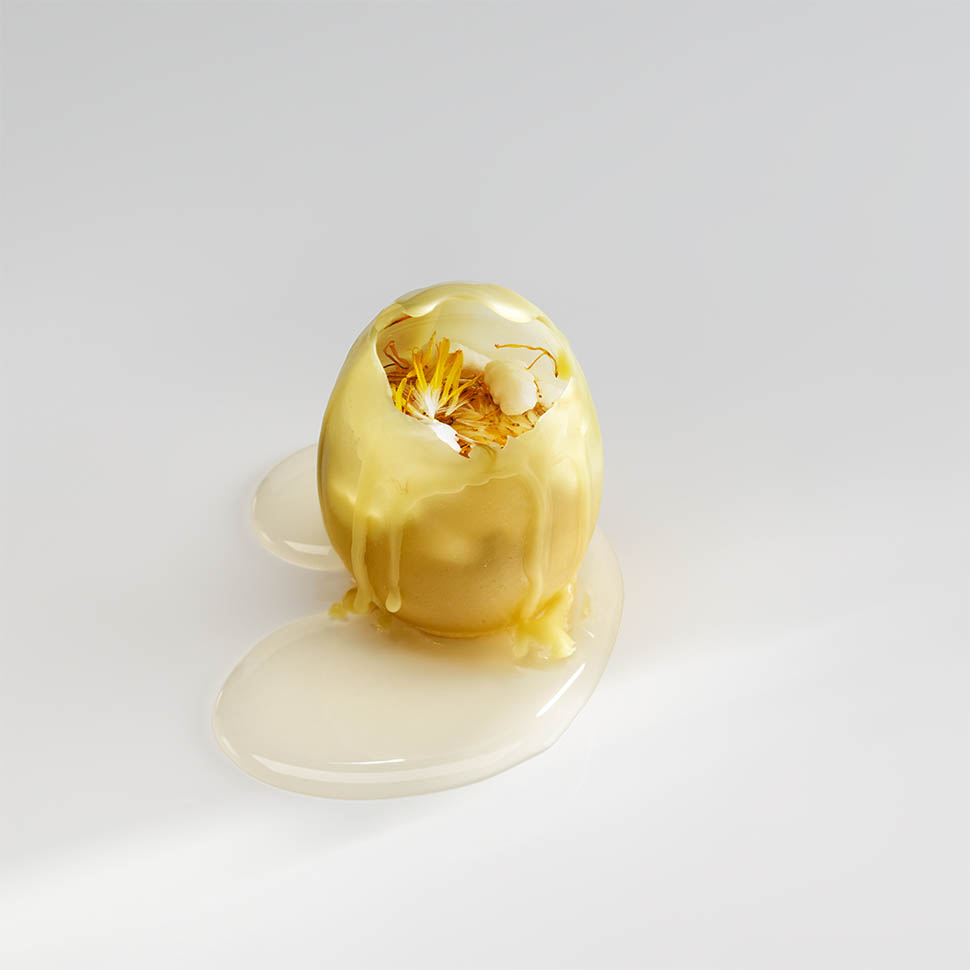
Extreme conditions and dishes, however, which are not meant to be a provocation, but to push the diner to escape from routine and also experience “discomfort,” because discomfort, often, forces one to see things from a different point of view. At Mugaritz's, certainties are questioned and flavors and textures are tried that elude the recognizable, as in the case of theNavel of the World, the course where the chef invites diners to lick a kind of jelly with acidic tones. “The navel is our first mouth, this course is a reconnection to the primordial," the chef says. The creative ecosystem in which those who arrive at Mugaritz are immersed places the diner in a world of divergent perspectives that transcend the culinary realm.
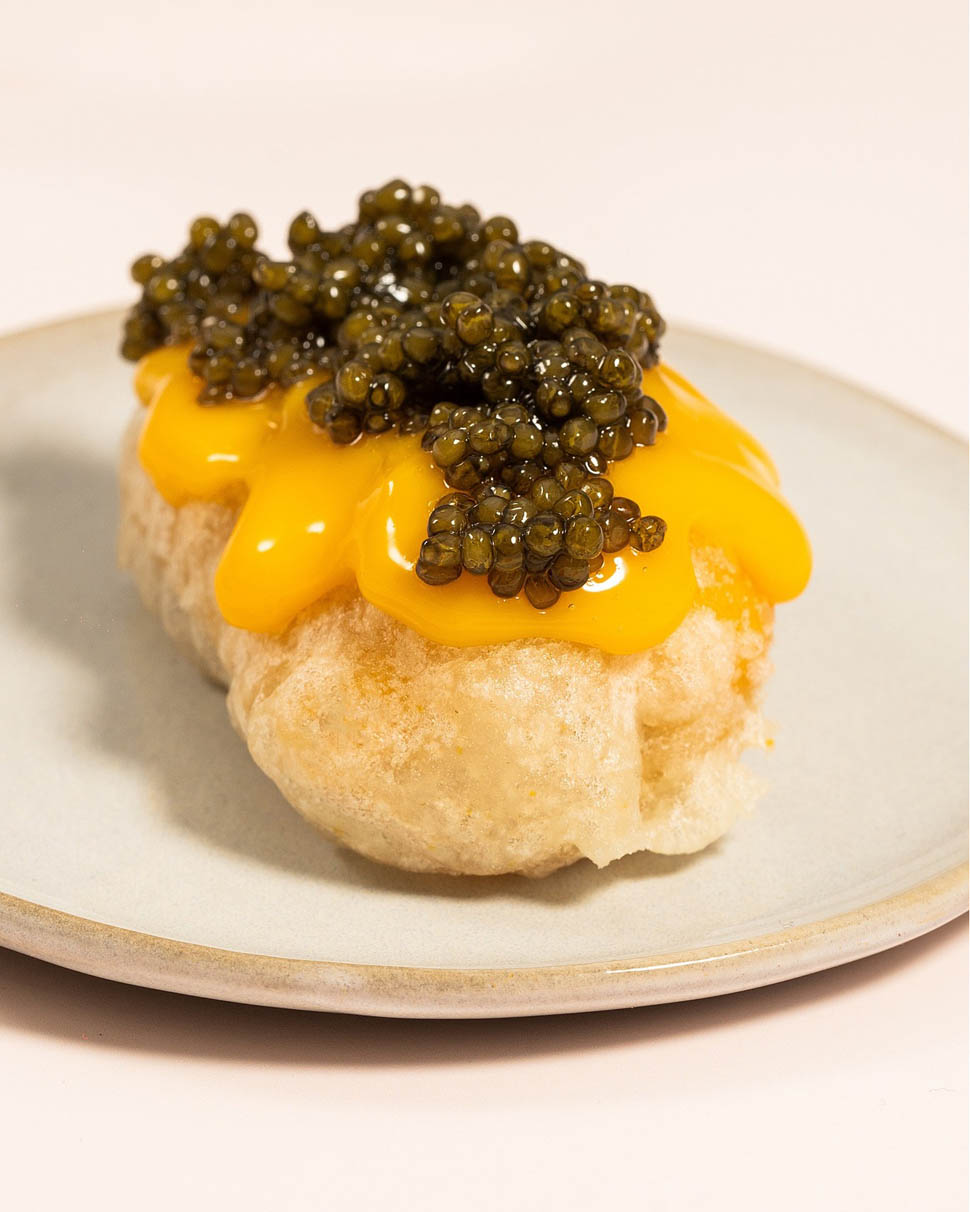
"I know there are some things that the diner will not like, but if among the courses he/she finds even three that will catch his/her attention, it is already worth it. It's more important to discover a novel texture, even if it doesn't taste amazing. The key is for everything to make sense, although, of course, that does not imply that it also makes sense to the diner." A sense that Aduriz and his brigade seek and build in the six months of closure; six months that are time devoted “to introspection, time to embrace the abstract to create a new proposal almost from scratch, every year. A time to shake up the learnings so that they do not solidify," while from April to October ‘the sketches come to life and are no longer just ours, as their meaning expands and merges with that of our diners.’
